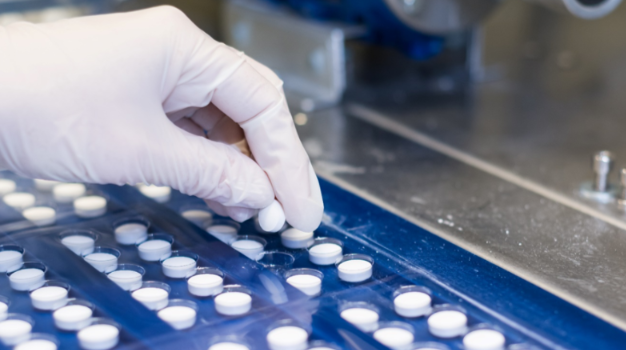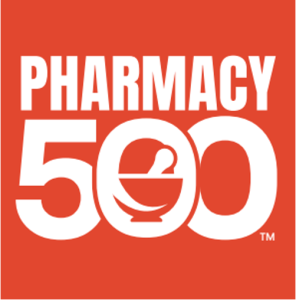By: Amanda Winslow, PharmD, BCPS
Each day in the pharmacy we see all the medications on the shelf, but how did they get there? And where will they go when they leave the pharmacy? Let’s take a deeper dive into the lifecycle of medications, from development to destruction.
Drug Development
Once a drug is discovered and considered an Investigational New Drug (IND), it goes through a rigorous set of clinical trials to ensure both safety and efficacy. Afterwards, the FDA reviews the New Drug Application (NDA) and approves the medication if their standards are met. At that point in time, the company can begin manufacturing the drug on a larger scale so that it can be marketed and sold to the public.
Manufacturing
Manufacturers must procure raw ingredients for both the active and inactive substances found in the medication. They then assemble the ingredients into the final form using Good Manufacturing Practices (GMPs). The GMPs provide a framework to ensure quality and uniformity as well as reduce the possibility of an error occurring. If a manufacturer is found to be in violation of the GMPs they could potentially be closed down and/or face criminal or civil penalties.
Packaging
Once the medication is in its final dosage form, it needs to be packaged up into stock bottles and labeled appropriately. The manufacturers are responsible for this step as well. GMPs for this step ensure medications are properly packaged and labeled with the correct name and strength as well as lot numbers and expiration dates.
Distribution
When the medication is packaged and ready to go, they are typically sold in bulk to a wholesaler. These wholesalers then sell and distribute medications to individual pharmacies at a slightly higher price in order to make a profit. Occasionally, the manufacturer will sell directly to individual pharmacies, but this is less common. The individual pharmacies then distribute the medications to the patients.
Utilization or Destruction
The last step in the lifecycle is either use or destruction. The patient will either use the medication or need to dispose of it. Pharmacies with unused medications that are either expired or close to expiration will also need to send the medications for destruction. There are companies, like Guaranteed Returns, that simplify the return process. They offer both in-person and mail-in services where the medications get sent to the company and they process all of the returns for you, all while guaranteeing the best possible return credit.







